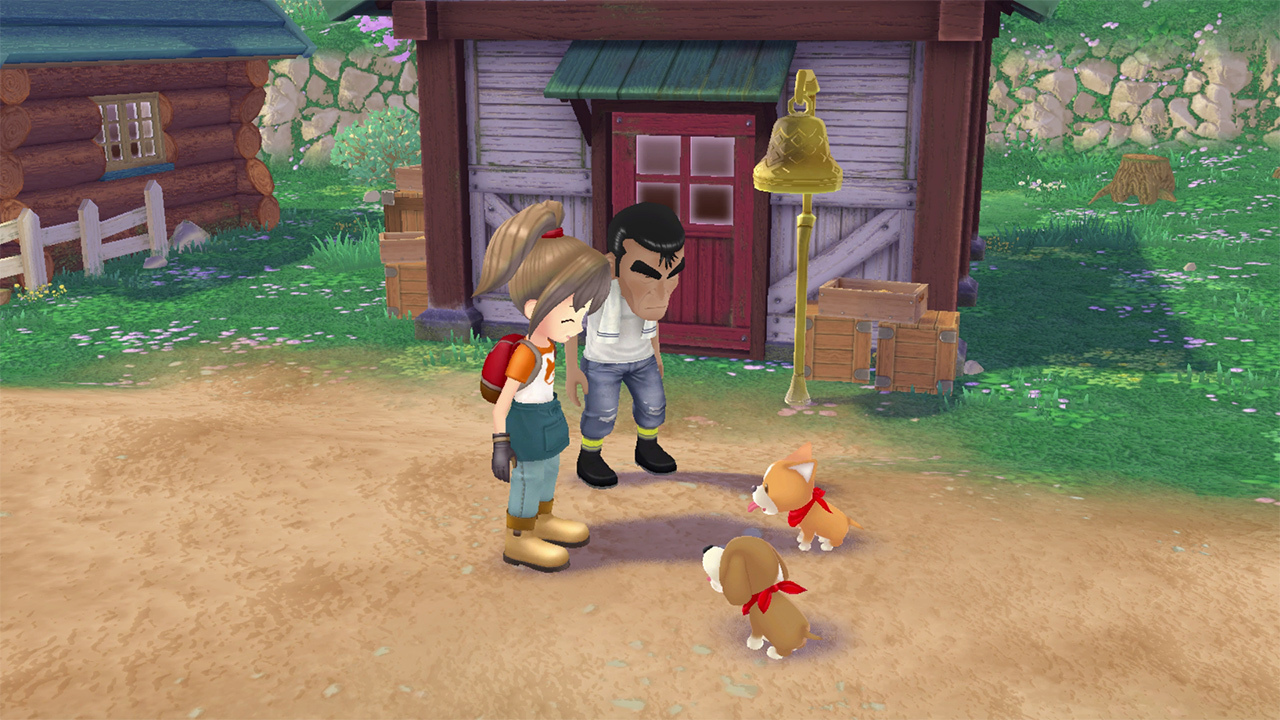Much like an axe, sickle, or hoe, nostalgia is a powerful tool. In Story of Seasons: A Wonderful Life, it's what leads your farmer to return to Forgotten Valley in hopes of creating a life similar to the idyllic one led by their parents. It's also what led me--clad in my finest, rose-tinted glasses--to revisit A Wonderful Life with its recent remake. As I downloaded this new version of a game I once sunk several hours into for my Nintendo Switch, I reminisced about the first time I played the game two decades ago--the feel of my grandparents' itchy carpet, the satisfying "click" of my purple GameCube closing before it kicked into a soft whir... It was never my favorite Harvest Moon game--that spot was reserved for Back to Nature--but it was one that I found unique and enjoyable.
In some ways, I also feel that way about its 2023 remake. Story of Seasons: A Wonderful Life is a very different type of farming simulator in that it's one that focuses more on relationships, family, and legacy than farm work. It's a concept I can get behind, and A Wonderful Life's emphasis on streamlining gameplay and eliminating tedium is a breath of fresh air. However, despite social-sim dynamics being at the forefront of A Wonderful Life, player interactions and the community itself feel shallow. Although the character creation process might be more involved than ever, few NPCs are memorable, dialogue is scarce, and the game's idyllic setting turns eerie quickly due to the town's vacant atmosphere. Yet if I factor out this less-than-wonderful content, not all that much is left, making A Wonderful Life feel dated and empty--especially when compared to other games in the now-highly saturated farming game genre.
 The farmer and Takakura find two dogs.
The farmer and Takakura find two dogs.Like most farming sims, A Wonderful Life begins with a letter--only this time it's sent from your character rather than to you. After growing tired of life in the city, your character pens a letter to your parents' former friend, Takakura, informing him of your intention to come to Forgotten Valley and take over your parents' old farm. Upon your arrival, Takakura offers your farmer a cow, a decent sum of money, and a tutorial that beautifully walks the fine line between overbearing and uninformative, before giving you total control over your character and farm.
Continue Reading at GameSpot